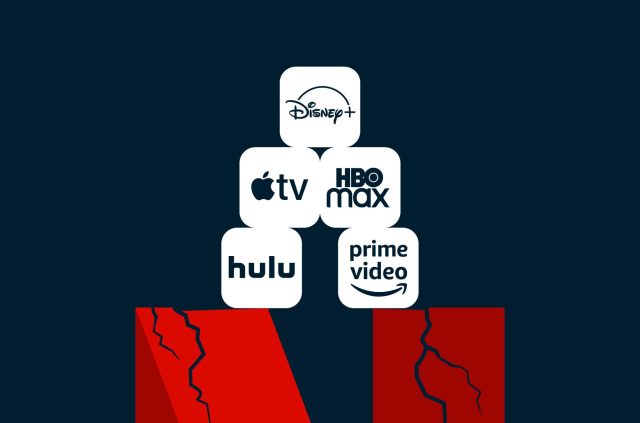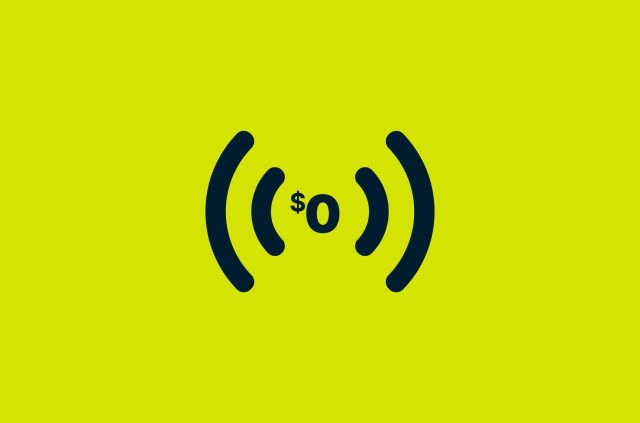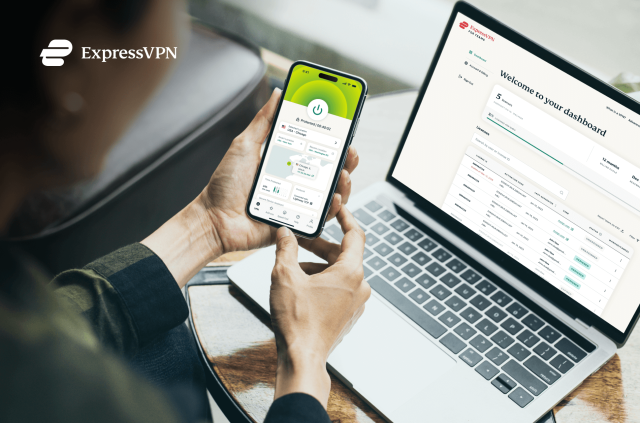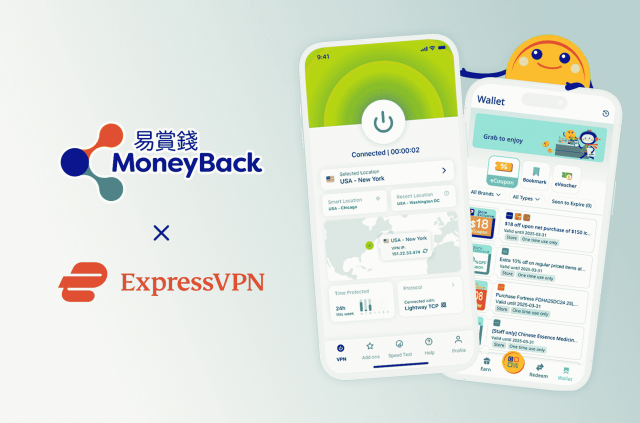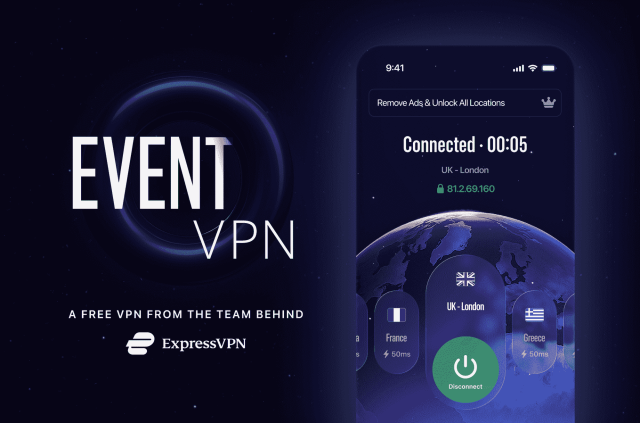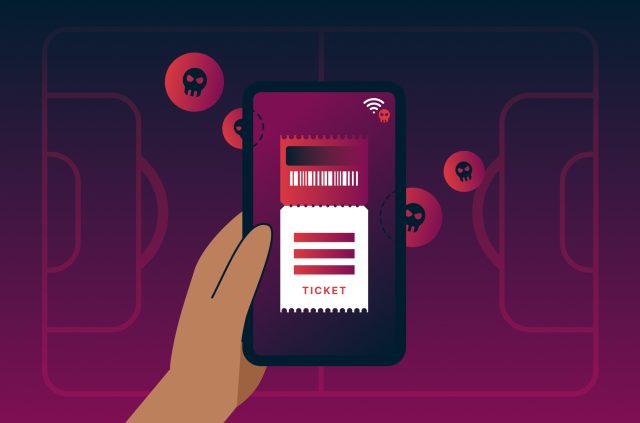2 in 5 people have subscription fatigue—are you one of them?

What do you do when you sit down to relax after a long day? Maybe you fire up a streaming service to catch the latest episode of that series everyone’s talking about—along with your VPN download for secure viewing, of course. But as you scroll through your subscriptions, you might find yourself overwhelmed by the sheer number of services you’re paying for—or perhaps not even using. And yet you aren’t exactly ready to cancel. Perhaps you’re experiencing subscription fatigue.
In ExpressVPN’s recent survey of 4,000 people across the U.S., UK, France, and Germany, nearly 40% confessed to feeling bogged down by the number of digital subscriptions they manage. It’s not just the cost that’s weighing on them, though that’s certainly a factor. It’s the mental load of juggling multiple accounts, remembering passwords, and keeping track of renewal dates.
Subscription services were supposed to make life easier. Instead, for many, they’ve become another source of stress. Balancing security and convenience without overloading on services can be tricky. You might have started with one or two—streaming for entertainment, maybe a music service. But over time, the list grew. Now, you’re subscribed to everything from fitness apps to news sites, each demanding a slice of your attention and your wallet.
This growing sense of overwhelm is what experts call subscription fatigue. It’s that feeling of being buried under too many services, with too little time to make the most of any of them. And it’s making people rethink how they manage their digital lives.
So, how do you combat this fatigue? Read on to find out.
42% of people pay for their own subscriptions, while 20% rely on family or friends
When it comes to digital subscriptions, it’s clear that most people are juggling more than just one or two services. According to our survey, a significant portion of users are subscribed to multiple services, with 22% of respondents paying for just one, 20% subscribing to two, and 18% managing three subscriptions. As the number of subscriptions increases, the percentage of people holding them decreases, with only 1% subscribing to seven or more services.
How many digital subscriptions do you pay for?
| Number of subscriptions | Percentage paying (%) |
| 1 | 22% |
| 2 | 20% |
| 3 | 18% |
| 4 | 11% |
| 5 | 6% |
| 6 | 3% |
| 7 | 1% |
| I don’t pay for any digital subscriptions | 14% |
Interestingly, 14% of people reported not paying for any digital subscriptions at all. This might seem surprising in today’s subscription-heavy world, but it points to a growing trend where individuals are either relying on free services or, more commonly, using subscriptions paid for by someone else.
How many digital subscriptions do you use but don’t pay for (e.g., paid by a friend or family)?
| Number of subscriptions | Percentage using but not paying (%) |
| 1 | 20% |
| 2 | 12% |
| 3 | 8% |
| 4 | 4% |
| 5 | 2% |
| 6 | 1% |
| 7 | 1% |
| 8+ | 0% |
| I pay for all my digital subscriptions | 14% |
| I don't use any digital subscriptions | 8% |
In fact, when it comes to using digital subscriptions that are paid for by others—like friends or family—there’s a notable percentage doing just that. Around 20% of respondents are using one such service, and 12% are enjoying two. This suggests that sharing subscriptions is a common practice, perhaps as a way to manage costs or simply to get the most out of what’s available. More on this later.
Despite this, a solid 42% of people reported that they pay for all their digital subscriptions themselves. Meanwhile, 8% of respondents don’t use any digital subscriptions at all, whether self-paid or not.
Brits spend the most on digital subscriptions
If managing multiple subscriptions feels overwhelming, the financial side of it is no less daunting. It’s easy to sign up for a service here and there, but when you step back and look at the total monthly cost, it can be a real eye-opener.
In our survey, we asked people how much they’re spending each month on digital subscriptions. The results show just how much these services can eat into your budget—especially if they aren’t premium services that offer a lot of value.
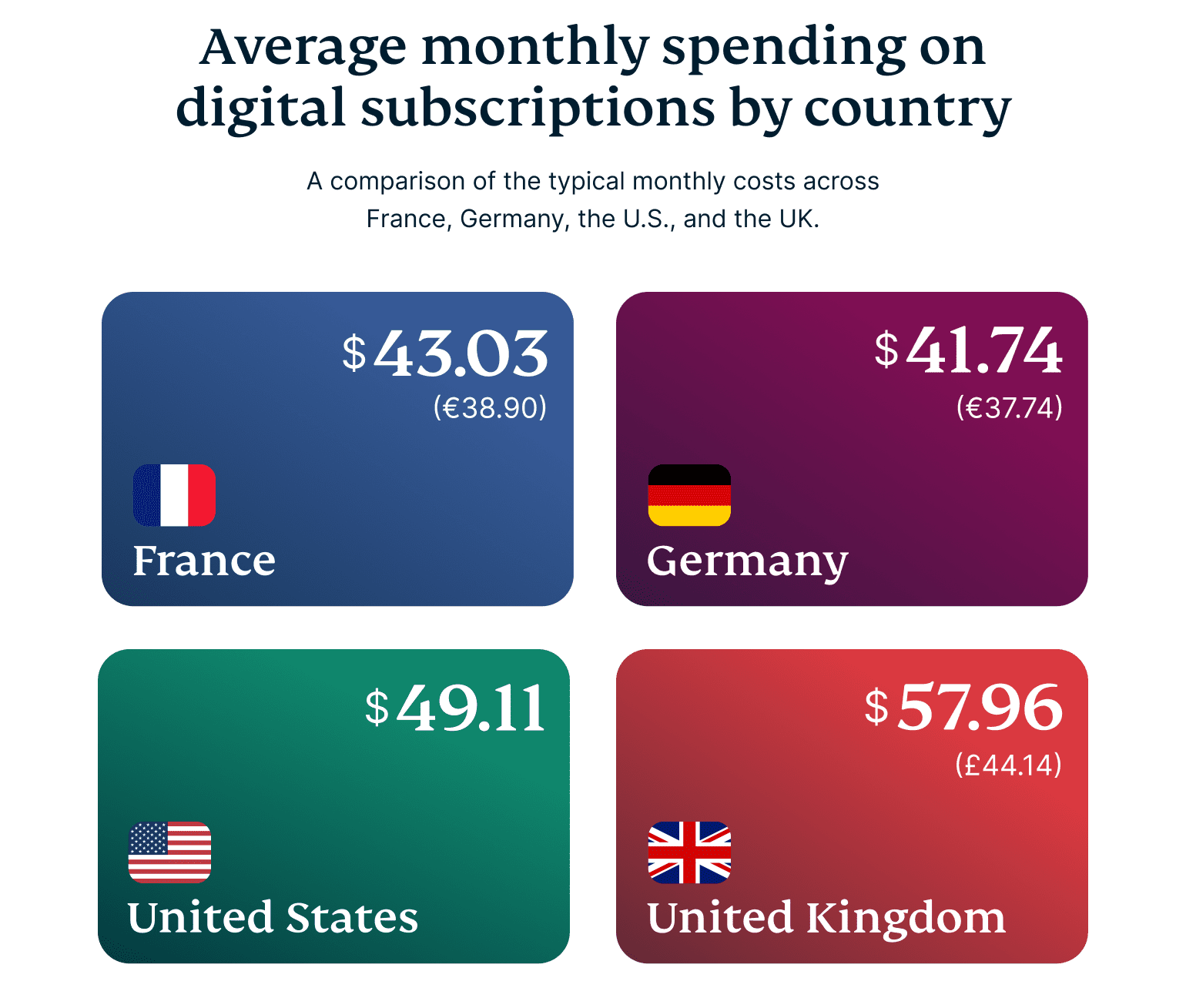
In France, for instance, a significant portion of people—23%—spend 11-20 EUR (12-22 USD) per month on their subscriptions. A quarter of respondents spend even more, landing in the 21-40 EUR (23-44 USD) range. The picture is similar in Germany, where 27% of people are spending 21-40 EUR monthly.
In the UK, the numbers climb even higher. Nearly 30% of respondents report spending between 21-40 GBP (16-30 USD) each month, while in the U.S., 26% are shelling out 21-40 USD. But the spending doesn’t stop there. A noticeable percentage of people in both countries are paying over 100 USD or 100 GBP (131 USD) every month just to keep up with all their subscriptions.
These costs add up quickly. What might start as a few dollars or euros here and there can easily balloon into a substantial monthly expense.
How we prefer to pay for subscriptions
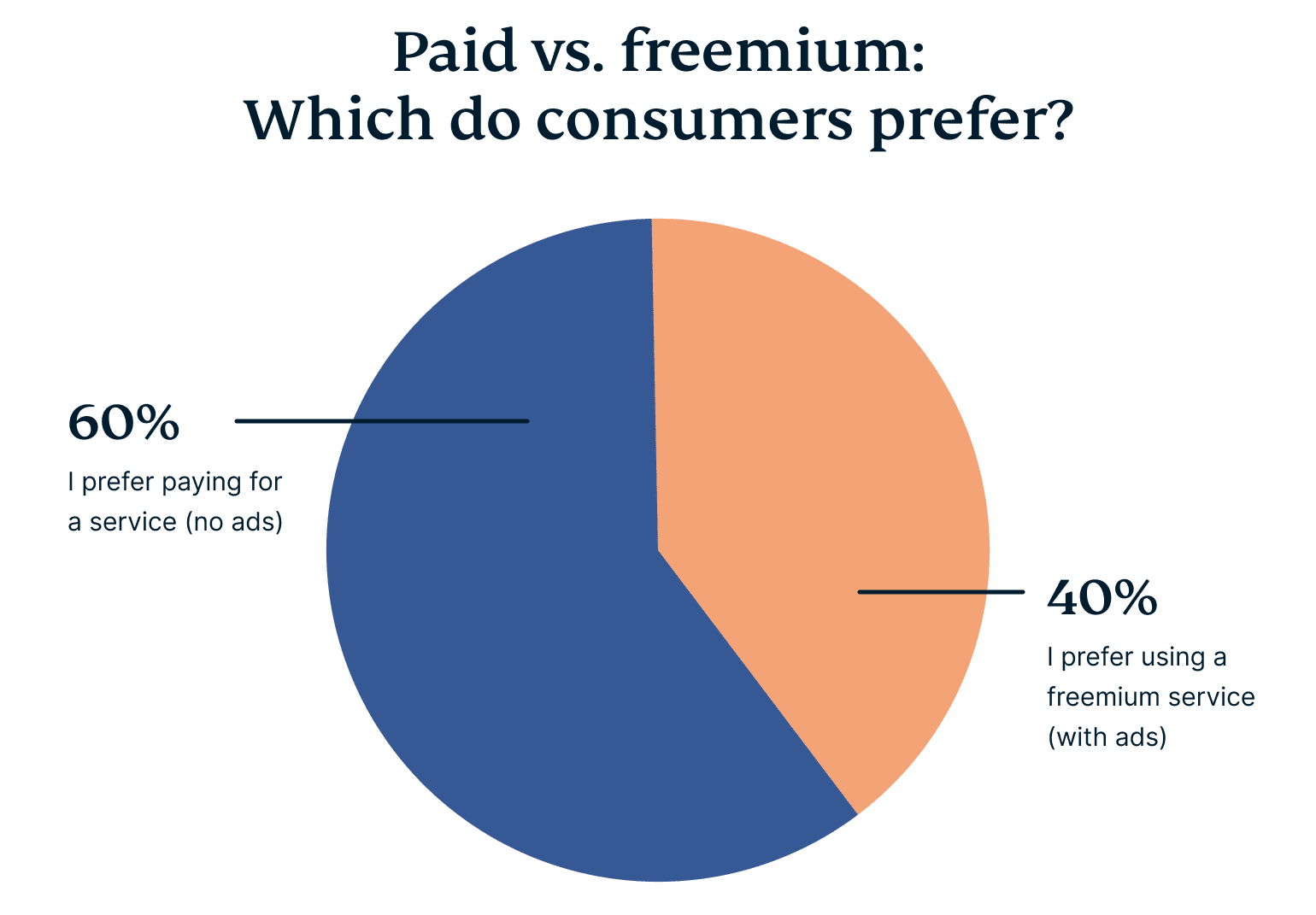
When given the choice between a smooth, uninterrupted experience and a free service peppered with ads, most people are willing to pay for the former. Our survey found that 60% of respondents prefer paying for a service to avoid ads, while 40% are content with the freemium model, where the service is free but includes the intrusions of ads. This divide highlights how much value we place on uninterrupted enjoyment, even when it comes with a price tag.
But what about the way these costs are structured? When faced with the idea of paying a high upfront cost for an item—like a smart car or a Peloton bike—on top of a mandatory monthly subscription fee, opinions are split. 31% of people say they’d never buy an expensive item that also requires a subscription. Meanwhile, 28% would prefer a single payment that covers everything, avoiding the hassle of ongoing fees. On the other hand, 16% are fine with skipping the upfront cost and just paying for the subscription.
How do you prefer to pay for subscription services?
| Answer | % of respondents |
| Monthly payments | 66% |
| One-time upfront payment for lifetime access | 10% |
| Annual payments | 10% |
| Quarterly payments | 7% |
| Pay-as-you-go model | 5% |
And how do people prefer to manage their subscription payments? 66% of respondents favor monthly payments, which are easier to fit into a regular budget. Only 10% prefer to pay upfront for lifetime access, possibly because of the large initial commitment required. Quarterly and annual payments appeal to smaller groups—7% and 10% respectively—while a pay-as-you-go model (in which you pay for what you use) is the choice for 5%.
Content streaming is the most popular digital subscription service
With so many subscription services vying for our attention (and our wallets), it’s worth taking a closer look at where people are actually spending their money. In our survey, we asked participants to share the types of digital subscriptions they use most frequently, regardless of whether they pay for them themselves.

Unsurprisingly, content streaming services topped the list, with 75% of respondents saying they use platforms like Netflix, Hulu, Disney+, and Amazon Prime to stay entertained. Whether it’s binge-watching the latest series or catching up on movies, streaming services have become a staple in many households.
Music subscriptions came in second, with 51% of people tuning in through platforms like Spotify or Apple Music. These services have made it easier than ever to access a vast library of songs, podcasts, and playlists right at our fingertips. Video games also hold a significant share, with 24% of respondents subscribing to gaming platforms.
Beyond entertainment, some consumers are also subscribing to services that cater to their everyday needs. For example, 16% of people reported using food-based subscriptions, such as meal prep or delivery services. Another 10% are signed up for work or productivity tools, and the same percentage for household-related services like smart printer or voice assistant subscriptions.
Fitness-based apps, like those offered by Oura Ring or Peloton, are also carving out their niche, with 8% of respondents subscribing to these platforms to stay in shape and track their health.
Which devices do you use to access each subscription service?
| Service | TV | Smartphone | Laptop/computer | Tablet | Video games console | VR headset |
| Content streaming | 70% | 55% | 40% | 30% | 11% | 2% |
| Music | 33% | 82% | 37% | 31% | 12% | 4% |
| Video games | 22% | 51% | 45% | 28% | 62% | 11% |
| Work/productivity | 22% | 64% | 68% | 41% | 19% | 10% |
| Smart home | 26% | 62% | 56% | 41% | 17% | 12% |
| Food delivery/meal prep | 17% | 76% | 41% | 36% | 11% | 7% |
| Fitness | 26% | 80% | 37% | 35% | 14% | 12% |
But it’s not just about what services people are subscribing to—it’s also about how they’re accessing them. Our survey revealed some interesting trends in device usage. When it comes to streaming content, 70% of users prefer watching on their TV, while 55% opt for their iPhone or Android phone. Laptops and computers are still popular, with 40% using these devices for streaming, but tablets and video game consoles are also in the mix.
For music, the numbers shift a bit. A whopping 82% of respondents listen on their phones, showing just how mobile our music consumption has become. TVs and laptops follow, but with less dominance, highlighting the preference for portable, on-the-go listening.
Gaming, on the other hand, remains highly rooted in consoles, with 62% of users playing through these devices. However, mobile gaming is not far behind, with 51% playing on their phones, illustrating the growing trend of gaming on the go.
The emotional toll of subscription fatigue
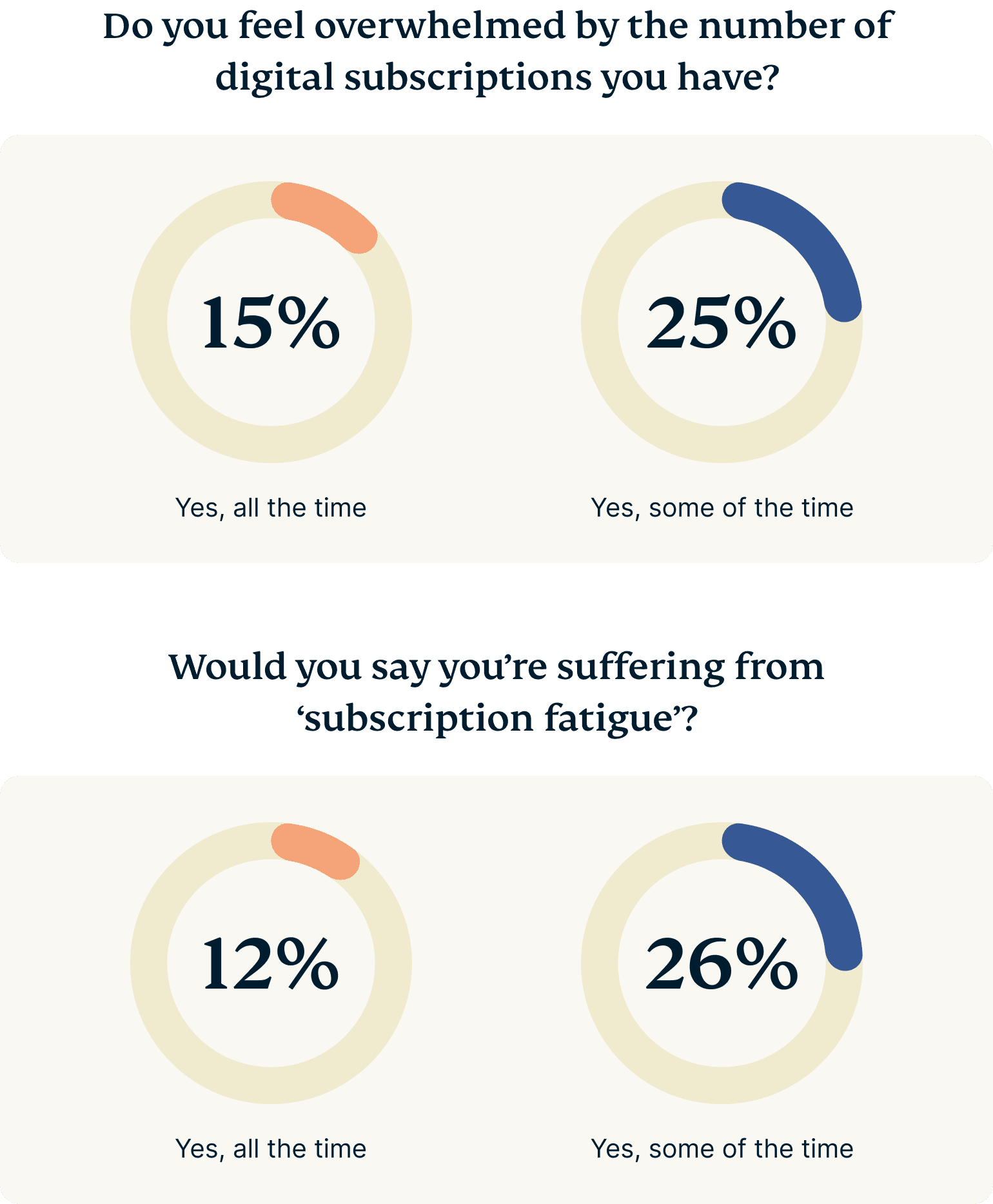
However, it’s not just the cost or the devices we use that contribute to subscription fatigue. It’s the mental load that comes with managing so many services. According to our survey, 40% of respondents admitted to feeling overwhelmed by the number of digital subscriptions they manage.
Main reasons for feeling overwhelmed by digital subscriptions
| Reason | % of respondents |
| Too expensive | 49% |
| Hard to keep track of all subscriptions | 37% |
| Not enough time to use all services | 35% |
| Overlapping content across services | 20% |
| Difficulty managing different accounts and passwords | 15% |
| Too many notifications and emails | 12% |
For 15% of people, this feeling of overwhelm is a constant companion, while another 25% experience it some of the time. The reasons for this vary, but the most cited culprit is cost—49% of respondents pointed to the high expense of digital subscriptions as a significant stressor. But it doesn’t stop there; 37% of people say they have a hard time keeping track of all their subscriptions, while 35% simply don’t have enough time to use all the services they’re paying for.
Other factors also contribute to this growing sense of subscription fatigue: 20% are frustrated by overlapping content across services, 15% struggle with managing different accounts and passwords, and 12% are overwhelmed by the constant stream of notifications and emails.
38% of respondents admitted to suffering from subscription fatigue, with 12% experiencing it all the time.
Subscription sharing: A double-edged sword
With the price of subscriptions being the driving force behind subscription fatigue, many people are turning to a simple solution: sharing. It’s a common practice, with 47% of our survey respondents admitting to sharing their subscription services with others. But while this might seem like a clever way to save money, it comes with its own set of challenges.
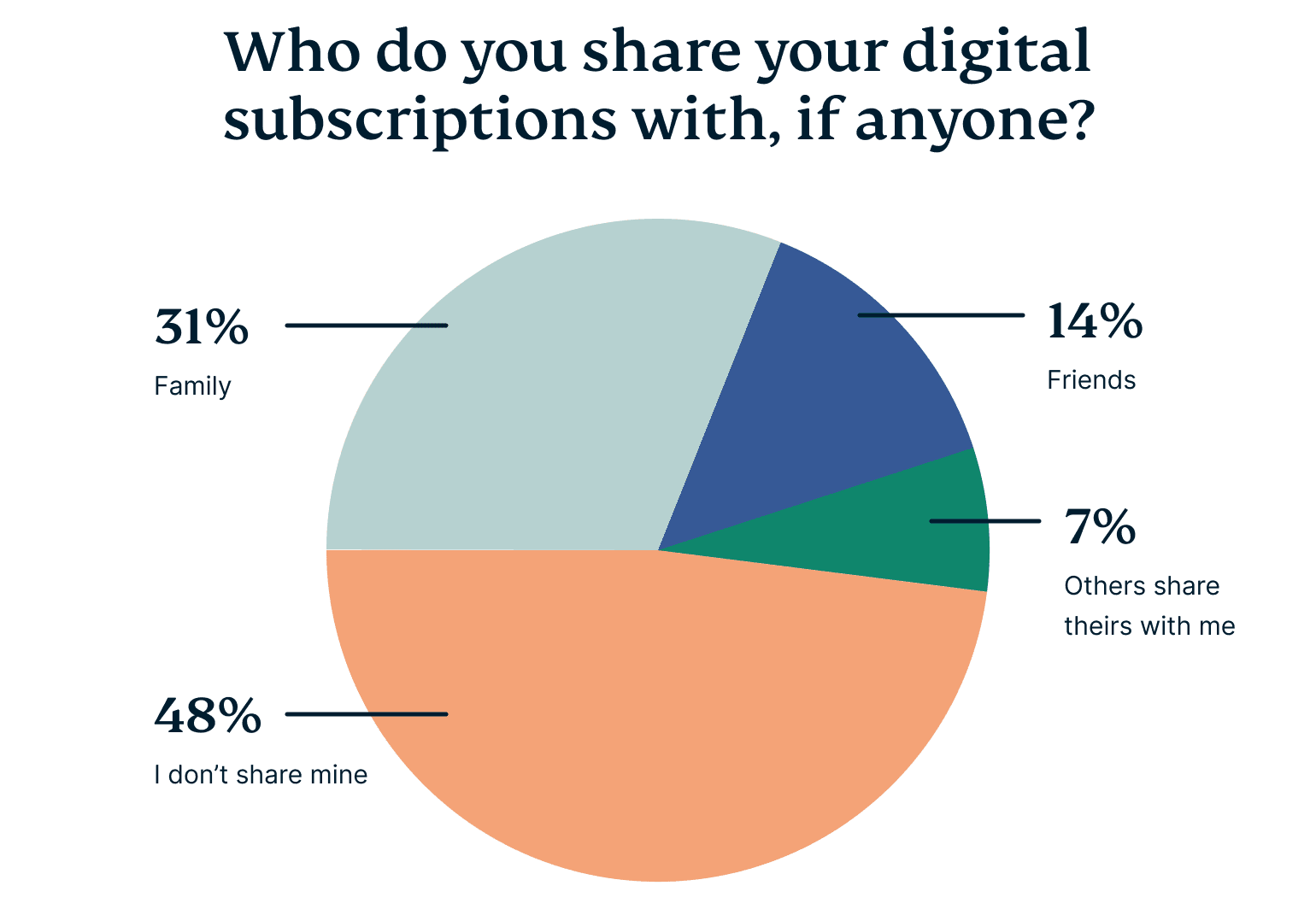
According to our survey, 31% of people share their digital subscriptions with family members, while 14% extend this sharing to friends. On the flip side, 7% of respondents are on the receiving end, using subscriptions paid for by someone else. This means nearly half of all users are involved in some form of subscription sharing.
At first glance, sharing subscriptions seems like a win-win. You get to split the cost, making expensive services more affordable. For families, this might mean everyone gets access to streaming content or music platforms for a fraction of the price. For friends, it’s a way to enjoy premium content without the full financial burden.
However, this approach isn’t without its drawbacks. Sharing accounts can quickly become complicated. Managing shared accounts often requires a high level of trust, especially when it comes to passwords. There’s also the risk of account security being compromised if the login details are shared too widely. Additionally, services that are shared across multiple users might experience conflicts, like being unable to stream on multiple devices at the same time as some subscription services don’t allow it, which can lead to frustration. Notably, some services like Netflix allow sharing within the same household but have begun cracking down on sharing among people who don’t live together, requiring add-ons to subscriptions.
And then there’s the impact on subscription fatigue. While sharing might reduce the financial burden, it doesn’t necessarily make managing these subscriptions any easier. In fact, it can add another layer of complexity. When you’re sharing accounts, you have to coordinate with others, remember who’s using what, and possibly deal with account recovery if something goes wrong. This can add to the mental load, contributing to the very fatigue that sharing was meant to alleviate.
How to manage subscription fatigue
While sharing subscriptions can save a few dollars, it doesn’t necessarily lighten the mental load. The real challenge lies in managing these subscriptions in a way that doesn’t add to the stress of everyday life.
Are you thinking about cutting back on your subscriptions? If so, how many would you drop?
- 1: 20%
- 2: 12%
- 3: 3%
- 4: 1%
- 5 or more: 1%
- I’m not planning to cut back: 63%
Interestingly, despite this sense of overwhelm, most people aren’t planning to cut back. In our survey, 63% of respondents indicated they have no intention of reducing the number of services they subscribe to. This suggests that for many, the perceived value of these subscriptions outweighs the associated fatigue. However, for the 37% who are looking to make changes, it’s about taking small but significant steps to regain control.
Those considering cutting back aren’t making drastic changes—20% plan to drop just one service, while 12% are aiming to cut two. This indicates that even small reductions are seen as enough to alleviate some of the burden. But if you’re among the majority who don’t plan to cut back, how can you manage your subscriptions more effectively?
6 ways to take control of your subscriptions
Our survey results highlighted some clear strategies for easing the burden of managing subscriptions. Whether it’s streamlining services or setting up reminders, here are six practical ways to take control and reduce stress:
1. Consolidate your services
Simplify your subscriptions by choosing services that offer bundled solutions. For instance, streaming platforms that combine music, movies, and TV shows can provide better value and reduce the number of accounts you need to manage.
2. Use a unified platform
A significant 38% of respondents believe that a single platform to manage all subscriptions would be a game-changer. Consider apps like Rocket Money, which allow you to track, manage, and even cancel subscriptions from one place, helping you keep a clear view of your spending.
3. Opt for quality over quantity
Instead of juggling numerous subscriptions, choose services that provide comprehensive value. A VPN download from ExpressVPN, for instance, not only secures your internet connection but also offers multi-device support, so you don’t need separate security solutions for each gadget. With one subscription, you can protect your entire household by connecting to eight devices simultaneously, cutting down on the need for multiple accounts and reducing subscription fatigue. Moreover, every ExpressVPN subscription comes with a full-featured password manager—a type of service that normally requires its own subscription.
4. Set reminders for renewals
Avoid unexpected charges by setting reminders for when your subscriptions are due for renewal. According to 26% of respondents, regular reminders can help manage subscriptions more effectively. Use calendar apps or built-in features on your phone to get notified in advance.
5. Evaluate the value regularly
Regularly review your subscriptions to ensure they’re worth the cost. With 30% of people wanting more transparency in pricing, it’s essential to assess whether each service is providing the value you expect. If not, it might be time to cancel or downgrade.
6. Leverage family plans and parental controls
Family plans are more expensive, but they bring good value. Family members are generally able to have their own profiles and use a service freely without worrying about exceeding a device limit. Overall, it costs much less than if every person had a stand-alone subscription. Some family plans also allow the subscriber to control kids’ profiles by specifying an age level for content appropriateness.
How many digital subscriptions do you have and which one can’t you live without? Sound off in the comments below.
Take the first step to protect yourself online. Try ExpressVPN risk-free.
Get ExpressVPN
